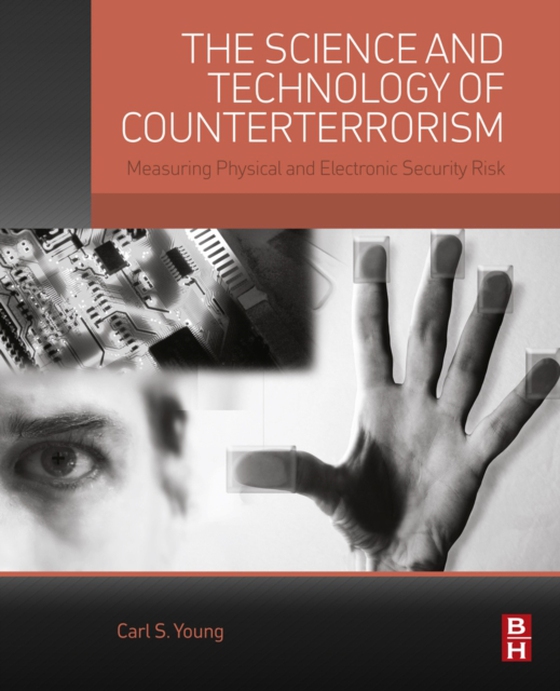
Science and Technology of Counterterrorism e-bog
504,55 DKK
(ekskl. moms 403,64 DKK)
Scientists with little or no background in security and security professionals with little or no background in science and technology often have difficulty communicating in order to implement the best counterterrorism strategies. The Science and Technology of Counterterrorism offers the necessary theoretical foundation to address real-world terrorism scenarios, effectively bridging the gap. It ...
E-bog
504,55 DKK
Forlag
Butterworth-Heinemann
Udgivet
26 februar 2014
Længde
512 sider
Genrer
Peace studies and conflict resolution
Sprog
English
Format
epub
Beskyttelse
LCP
ISBN
9780124200616
Scientists with little or no background in security and security professionals with little or no background in science and technology often have difficulty communicating in order to implement the best counterterrorism strategies. The Science and Technology of Counterterrorism offers the necessary theoretical foundation to address real-world terrorism scenarios, effectively bridging the gap. It provides a powerful security assessment methodology, coupled with counterterrorism strategies that are applicable to all terrorism attack vectors. These include biological, chemical, radiological, electromagnetic, explosive, and electronic or cyber attacks. In addition to rigorous estimates of threat vulnerabilities and the effectiveness of risk mitigation, it provides meaningful terrorism risk metrics. The Science and Technology of Counterterrorism teaches the reader how to think about terrorism risk, and evaluates terrorism scenarios and counterterrorism technologies with sophistication punctuated by humor. Both students and security professionals will significantly benefit from the risk assessment methodologies and guidance on appropriate counterterrorism measures contained within this book. Offers a simple but effective analytic framework to assess counterterrorism risk and realistic measures to address threats Provides the essential scientific principles and tools required for this analysis Explores the increasingly important relationship between physical and electronic risk in meaningful technical detail Evaluates technical security systems to illustrate specific risks using concrete examples
 Dansk
Dansk

